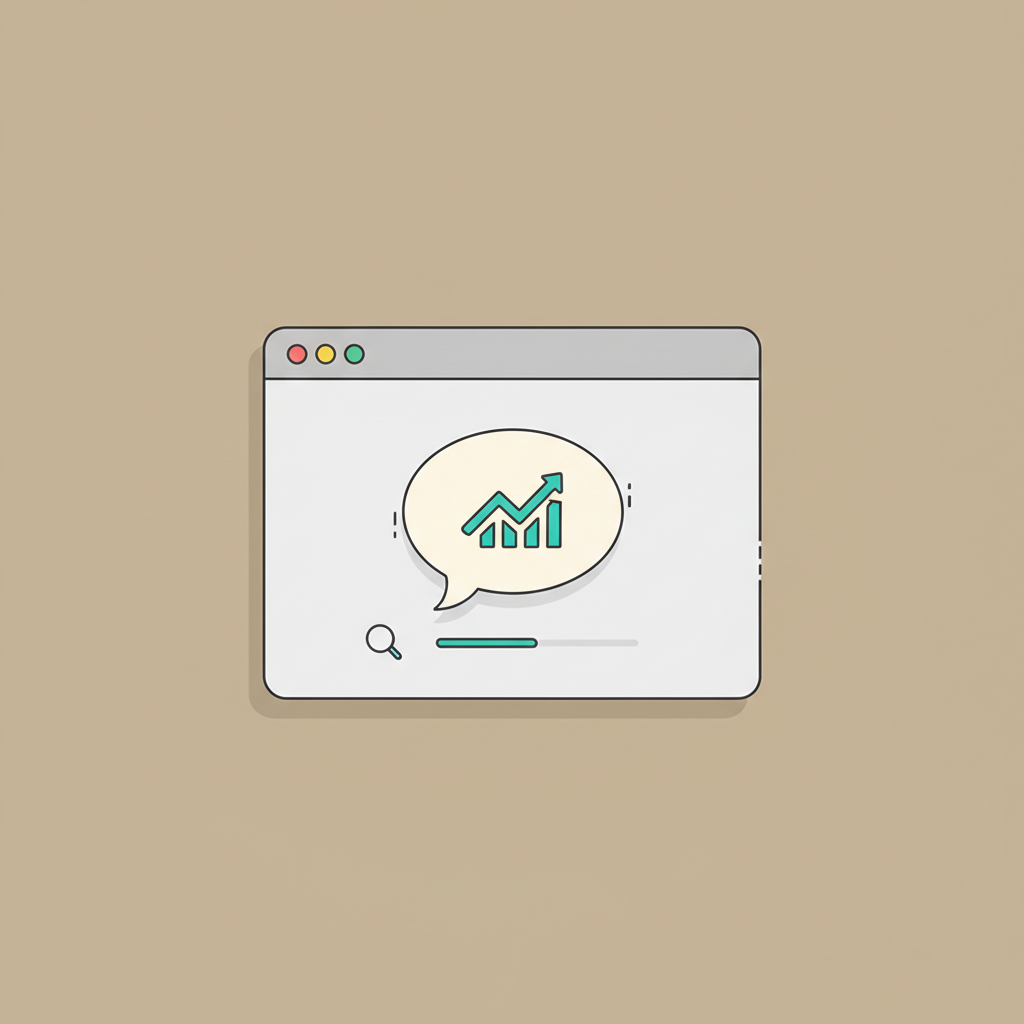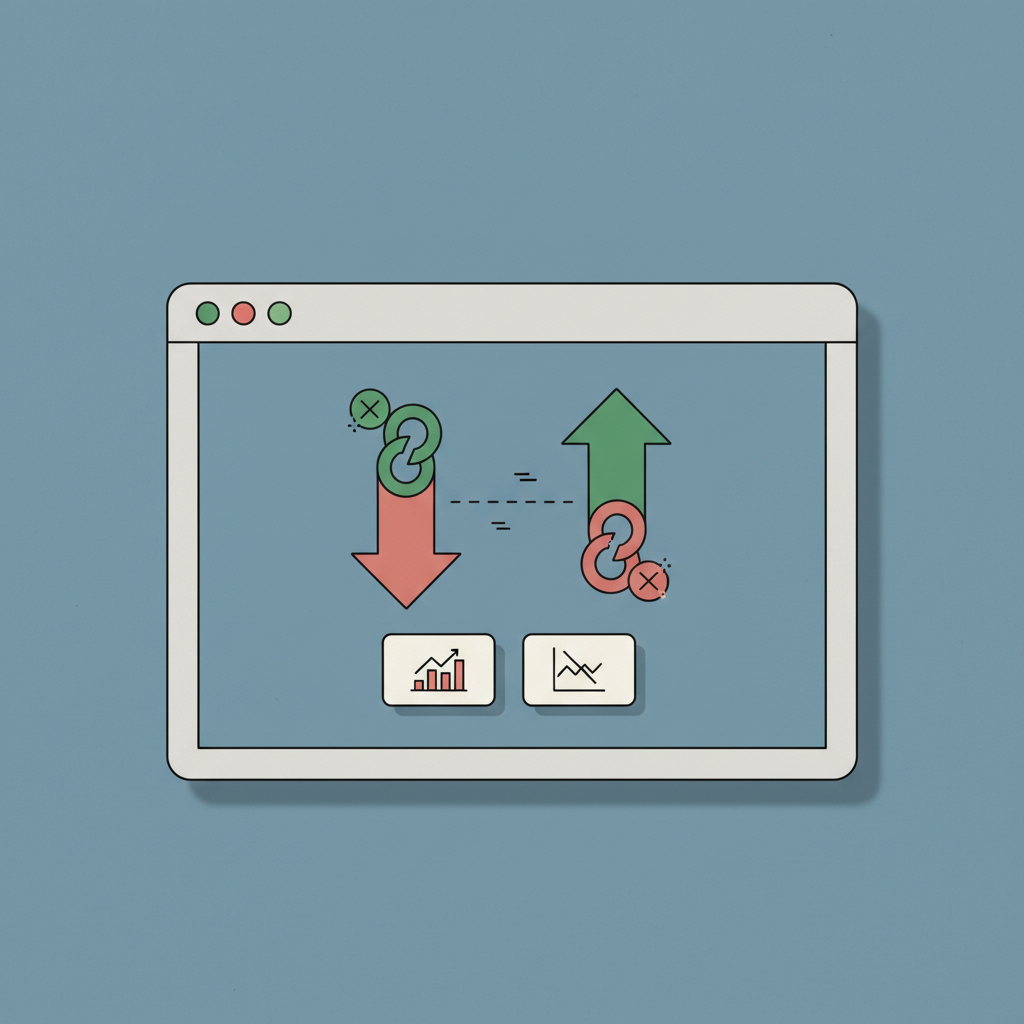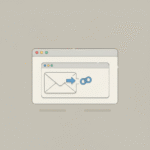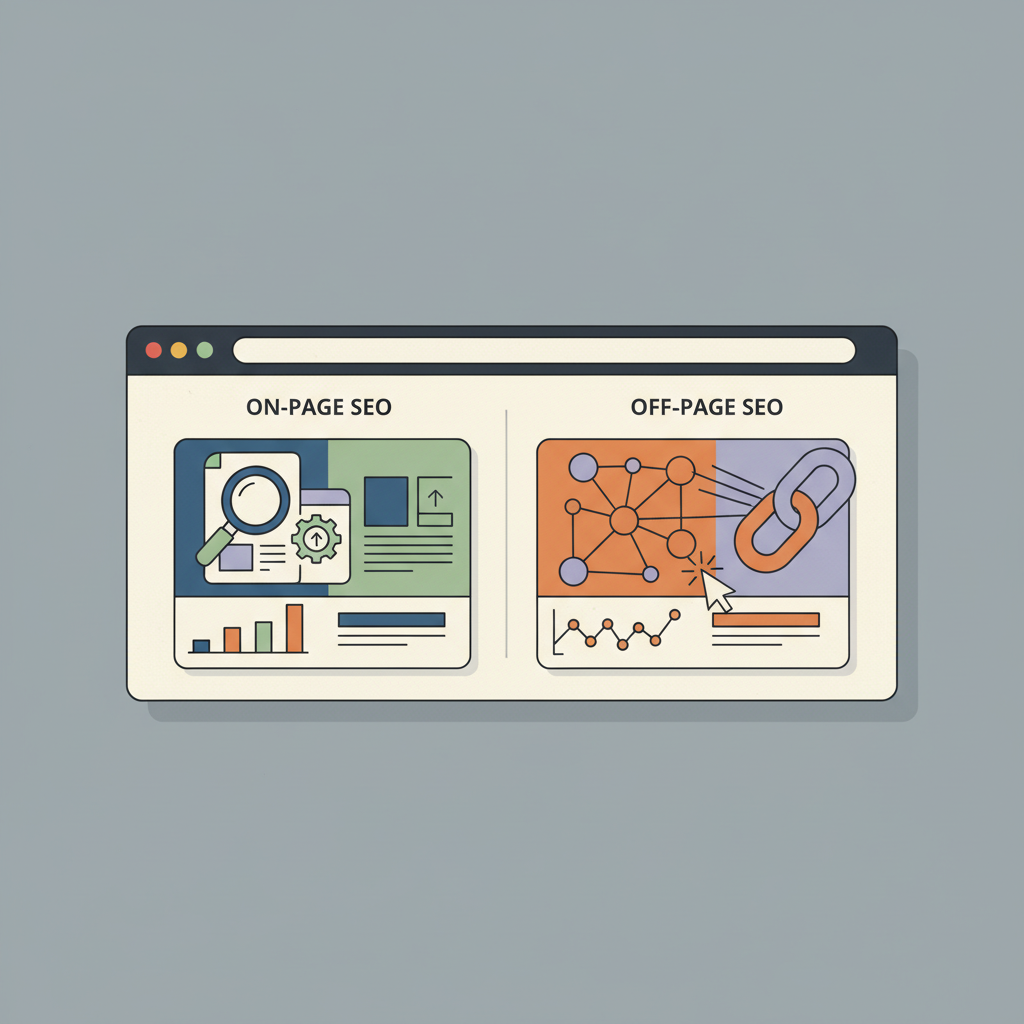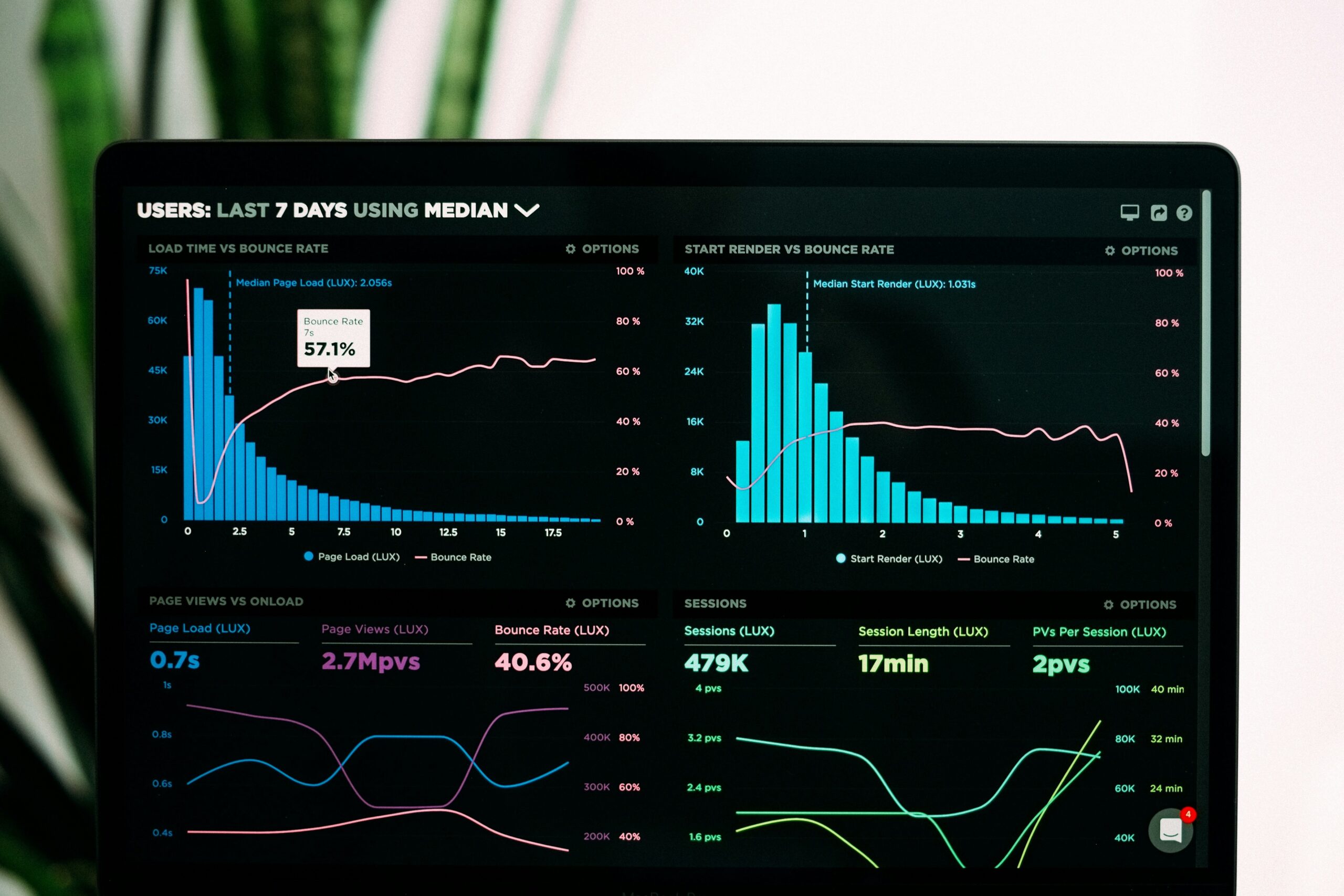In the vast, ever-expanding digital universe, conversations about your brand are happening every second of every day. They occur on social media feeds, in the comments of news articles, on niche forums, and within detailed product reviews. Whether you’re actively listening or not, your customers, prospects, and competitors are talking. This constant stream of dialogue, known as brand mentions, represents one of the most valuable and underutilized sources of business intelligence available today.
For too long, many businesses have viewed these mentions as simple noise or, at best, a vanity metric to be tracked passively. But this perspective misses the bigger picture. Each mention is a data point—a piece of a larger puzzle that reveals how your brand is perceived in the wild. It’s unfiltered, honest feedback that cuts through the curated responses of surveys and focus groups. Understanding and harnessing the power of brand mentions can transform your marketing from a series of educated guesses into a data-driven strategy. This guide will provide a comprehensive definition of brand mentions, explore why they are a strategic imperative, and offer a clear framework for tracking, analyzing, and turning these online conversations into tangible business growth.
What Exactly is a Brand Mention? A Comprehensive Definition
A brand mention is any online reference to your company, products, services, or even key personnel. It’s the digital equivalent of word-of-mouth, captured in text, images, or videos across the web. The key distinction is that these mentions can occur with or without a direct link back to your website, and they can happen on platforms you don’t own or control.
This broad definition encompasses a wide variety of online citations. A simple tweet tagging your company’s handle is a brand mention. So is a lengthy blog post from an industry expert reviewing your latest software update. A customer asking for help with your product on a Reddit forum is a brand mention, as is a news outlet citing your company in an article about market trends. Essentially, if someone is talking about you online, it’s a brand mention.
To better understand the scope, we can categorize them based on where they appear and how they are presented. This helps in organizing a monitoring strategy and prioritizing which mentions require action.
| Type of Mention | Platform Example | Key Characteristic |
| :— | :— | :— |
| Direct @Mention | Twitter, Instagram, LinkedIn | Uses the platform’s tagging feature (e.g., @YourBrand), creating a direct notification. |
| Unlinked Text Mention | Blogs, News Sites, Forums | Your brand name is mentioned in plain text without a hyperlink. |
| Product/Service Review | G2, Capterra, Yelp, Amazon | A user provides a rating and detailed feedback on their experience. |
| Forum Discussion | Reddit, Quora, Industry Forums | Users discuss your brand, ask questions, or compare you to competitors. |
| News & Media Coverage | Online Newspapers, Trade Publications | Journalists or reporters reference your company, data, or executives. |
| Influencer Content | YouTube, TikTok, Instagram | A content creator features or talks about your product in their content. |
| Visual Mention | Instagram, Pinterest | Your logo or product appears in an image or video without a text mention. |
Understanding this diversity is the first step. A direct @mention on Twitter might require an immediate customer service response, while an unlinked mention in a high-authority blog post presents a valuable SEO opportunity. By recognizing the different forms they take, you can begin to build a system for capturing and acting on this crucial business intelligence.
Why Brand Mentions are a Strategic Imperative for Modern Marketing
Moving beyond a simple definition, it’s crucial to understand why actively monitoring and analyzing brand mentions is no longer optional—it’s a strategic necessity. In an era where consumer trust has shifted from brands to peers, the organic conversations happening online hold immense power. Harnessing these conversations provides a significant competitive advantage across multiple business functions.
First and foremost, brand mentions are the frontline of Reputation Management. Negative feedback can spread like wildfire online. By monitoring mentions in real-time, you can identify potential crises before they escalate. A swift, empathetic response to a customer complaint on social media can not only resolve the issue for that individual but also publicly demonstrate your commitment to customer satisfaction, turning a potential negative into a positive brand moment. Conversely, ignoring these conversations allows a negative narrative to take hold without your input.
Second, brand mentions are a goldmine of raw, unfiltered Customer Insights. Surveys and feedback forms are useful, but they often capture what customers think you want to hear. Brand mentions reveal what they say to their friends and colleagues. You can discover common pain points with your product, identify features customers love, and understand the language they use to describe your brand. This voice-of-customer data is invaluable for informing product development, refining marketing messaging, and improving the overall customer experience.
Third, this practice extends beyond your own brand to powerful Competitive Analysis. By tracking your competitors’ brand mentions, you gain a real-time view of their strengths and weaknesses. Are their customers complaining about a specific feature? That’s an opportunity for your sales team. Are they being praised for their excellent customer service? That’s a benchmark for your own support team to meet or exceed. This intelligence allows you to understand market positioning, anticipate competitor moves, and identify gaps in the market you can fill.
Finally, brand mentions are a direct source of Lead Generation and Content Strategy. When a user posts, “Can anyone recommend a good project management tool that integrates with Slack?”, it’s a direct buying signal. Engaging with that user can create a new lead. Furthermore, by analyzing the questions people ask about your brand or industry, you can identify key topics for your content marketing. If dozens of people are asking how to perform a specific task with your software, that’s a clear signal to create a tutorial blog post or video.
The Two Sides of the Coin: Linked vs. Unlinked Mentions
Not all brand mentions are created equal. While all provide insight, their technical value, particularly for search engine optimization (SEO), can differ significantly. The primary distinction lies in whether the mention includes a hyperlink back to your website. Understanding the difference between linked and unlinked mentions is critical for developing a comprehensive digital strategy that leverages both types for maximum impact.
Linked Mentions: The SEO Powerhouse
A linked mention is exactly what it sounds like: another website mentions your brand and includes a clickable hyperlink pointing to one of your web pages. These are the gold standard for off-page SEO.
Their value is twofold. First, they drive Referral Traffic. When a reader clicks the link, they land directly on your site, bringing a warm, contextually relevant visitor who is already interested in what you have to offer. This traffic can be tracked directly in analytics platforms like Google Analytics. Second, and more importantly for SEO, these links pass Link Equity (also known as “link juice”). Search engines like Google view backlinks from reputable, relevant websites as votes of confidence. The more high-quality backlinks you have, the more authoritative your website appears, which can lead to higher rankings in search results for your target keywords.
Unlinked Mentions: The Hidden Opportunity
An unlinked mention is a plain text reference to your brand, product, or domain name without a hyperlink. For example, a blogger might write, “We used Figma for our design process,” without linking the word “Figma” to its website. For years, the direct SEO value of these mentions was debated. However, it’s now widely understood that search engines are sophisticated enough to recognize these unlinked citations and use them as a signal of brand authority and relevance through concepts like co-citation and co-occurrence. They contribute to building your brand’s overall digital footprint and authority, even without a direct link.
The real power of unlinked mentions, however, lies in the opportunity they present for Link Reclamation. This is the proactive process of finding unlinked mentions of your brand and reaching out to the author or webmaster to politely request that they add a link. This simple act can turn a passive brand signal into a powerful, equity-passing backlink, directly boosting your SEO efforts.
| Feature | Linked Mention | Unlinked Mention |
| :— | :— | :— |
| Definition | A mention with a direct hyperlink to your website. | A plain text mention of your brand without a hyperlink. |
| Primary Value | SEO (Link Equity) & Referral Traffic | Brand Awareness & SEO (Brand Signals) |
| How to Track | Backlink analysis tools (e.g., Ahrefs, SEMrush) | Brand monitoring tools (e.g., Brandwatch, Mention) |
| Actionable Strategy | Monitor new links to thank publishers and build relationships. | Proactively engage in link reclamation to convert them into linked mentions. |
An effective strategy doesn’t choose one over the other; it embraces both. It involves using backlink tools to monitor and nurture linked mentions while simultaneously using brand monitoring tools to find and convert unlinked mentions into valuable SEO assets.
Building Your Brand Mention Monitoring Tech Stack
To effectively track, analyze, and act on brand mentions, you need a dedicated set of tools. Manually searching for your brand name across the entire internet is an impossible task. A well-structured technology stack automates the discovery process, provides analytical insights, and helps integrate findings into your daily workflows. The right stack typically includes a mix of free, entry-level, and enterprise-grade tools, depending on your budget and needs.
Free & Foundational Tools
For businesses just starting out, free tools can provide a solid foundation for brand monitoring.
- Google Alerts:** This is the most basic and accessible tool. You can set up alerts for your brand name, product names, and key executives. Google will then email you a digest of new web pages, news articles, and blogs that contain your keywords. While it’s a great starting point, it often misses a significant number of social media and forum mentions and lacks any analytical capabilities.
- Social Media Native Search:** Platforms like Twitter, LinkedIn, and Instagram have powerful built-in search functions. Regularly searching for your brand name (and common misspellings) can uncover conversations that other tools might miss. This method is manual and time-consuming but costs nothing.
Dedicated Brand Monitoring & Social Listening Platforms
To move beyond basic monitoring, you need a dedicated platform. These tools are designed to crawl the web and social media in real-time, providing a centralized dashboard of all your mentions.
- Entry-Level Tools (e.g., Mention, Awario):** These platforms are perfect for small to medium-sized businesses. They offer features like real-time alerts, basic sentiment analysis (categorizing mentions as positive, negative, or neutral), and influencer identification. They can monitor a wide range of sources, including social media, blogs, forums, and news sites, and often integrate with tools like Slack to send alerts directly to your team.
- Enterprise-Level Platforms (e.g., Brandwatch, Talkwalker):** These are comprehensive business intelligence platforms used by large corporations. In addition to standard mention tracking, they offer advanced features like image and logo recognition (finding visual mentions of your brand), historical data analysis, trend prediction, and deep demographic and psychographic audience analysis. They provide the most complete picture of the online conversation but come with a significant price tag.
Integrating with Your Existing Stack
The data from brand mentions becomes most powerful when connected to your other business systems. Integrating your monitoring tool with a project management platform like Asana or Trello can automatically create tasks for your team—for example, creating a task for the support team to respond to a negative review or for the marketing team to reach out for link reclamation.
From Mention to Metric: How to Measure the Impact of Brand Mentions
Simply collecting brand mentions isn’t enough. To prove their value and make data-driven decisions, you must translate that raw data into meaningful metrics. A structured measurement framework helps you understand performance, track progress over time, and connect brand conversations to tangible business outcomes. This framework can be broken down into three key areas: volume, sentiment, and business impact.
Volume and Reach Metrics
These metrics help you understand the quantity and potential visibility of the conversation about your brand.
- Number of Mentions:** This is the most fundamental metric. Tracking the total volume of mentions over time helps you identify trends. Did a recent product launch or marketing campaign cause a spike in conversation? Is the overall volume growing, indicating increasing brand awareness?
- Potential Reach:** Most monitoring tools provide an estimated reach for each mention. This metric is calculated based on the number of followers of the social media account or the estimated monthly traffic of the website where the mention occurred. It provides a sense of the potential audience size for the conversation, helping you prioritize high-impact mentions.
- Share of Voice (SoV):* This crucial competitive metric compares your brand’s mention volume to that of your direct competitors. It’s calculated as: (Your Brand Mentions / Total Market Mentions) 100. A growing SoV indicates that you are capturing a larger portion of the industry conversation.
Quality and Sentiment Metrics
These metrics move beyond quantity to assess the nature and tone of the conversation.
- Sentiment Analysis:** This involves categorizing each mention as positive, negative, or neutral. Tracking your sentiment score over time is a powerful indicator of brand health. A sudden dip in sentiment can be an early warning sign of a product issue or PR crisis. It also allows you to benchmark your brand’s reputation against competitors.
- Key Themes and Topics:** Advanced tools can analyze the text within your mentions to identify recurring themes. Are customers frequently praising your user interface? Are they complaining about shipping times? These qualitative insights are critical for identifying areas of strength and opportunities for improvement.
Business Impact Metrics
This is where you connect brand mentions to bottom-line results, demonstrating their ROI.
- Referral Traffic and Conversions:** For linked mentions, you can use Google Analytics to track how many users click through to your site and whether they complete a goal (like signing up for a newsletter or making a purchase). This provides a direct monetary value for those mentions.
- Website Authority Growth:** For unlinked mentions converted into links through reclamation, you can track the impact on your website’s domain authority and organic search rankings over time. This demonstrates the SEO value of your efforts.
- Lead Generation:** Track how many sales leads were generated by engaging with mentions that showed buying intent. This requires coordination with your sales team and CRM, but it provides a direct link between monitoring efforts and revenue.
By combining these different types of metrics, you can create a holistic view of your brand’s online presence and build a compelling case for the strategic importance of listening to and engaging with the digital conversation.
Actionable Strategies: Turning Brand Mentions into Growth Opportunities
Monitoring and measuring brand mentions is only half the battle. The true value is unlocked when you use those insights to take specific, strategic actions that drive business growth. An effective program moves from passive listening to active engagement, turning conversations into conversions, feedback into features, and mentions into marketing assets.
Strategy 1: Proactive Customer Service and Reputation Management
This is the most immediate and critical application. Set up real-time alerts for your brand name, especially when paired with negative keywords like “problem,” “broken,” or “disappointed.”
- Engage with Negative Mentions:** Respond quickly, publicly, and empathetically. Acknowledge the user’s frustration, apologize for the issue, and move the conversation to a private channel (like DMs or email) to resolve it. This not only helps the individual customer but also shows the public that you take customer service seriously.
- Amplify Positive Mentions:** When someone praises your brand, thank them! A simple acknowledgment can turn a happy customer into a loyal brand advocate. Ask for their permission to share their positive feedback on your own channels.
Strategy 2: SEO and Link Building through Reclamation
As discussed, unlinked mentions are low-hanging fruit for SEO.
- Systematize the Process:** Create a workflow for link reclamation. Use your monitoring tool to filter for unlinked mentions on high-quality blogs and news sites. Identify the author or editor of the article. Craft a simple, polite outreach email that thanks them for the mention and kindly asks if they would consider adding a link to provide more context for their readers. Track your success rate to refine your outreach approach.
Strategy 3: Fueling Your Content and Product Pipeline
Your brand mentions are a direct line to your audience’s needs and wants.
- Content Ideation:** Pay close attention to the questions people ask in relation to your brand. If users on Quora are constantly asking how your product compares to a competitor, that’s a clear signal to write a detailed comparison blog post. If they are confused about a specific feature, create a video tutorial.
- Product Feedback:** Aggregate mentions that contain feature requests or complaints about usability. Share this qualitative data with your product and development teams. This real-world feedback is invaluable for prioritizing updates and building a user-centric product roadmap.
Strategy 4: Identifying Influencers and Brand Advocates
Your monitoring tools will quickly reveal individuals who mention your brand frequently and positively. These are your organic brand advocates.
- Nurture Relationships:** Don’t just monitor them—engage with them. Build genuine relationships by commenting on their content, sharing their posts, and offering them early access to new features or products. This can formalize into a powerful influencer or affiliate marketing program that is built on authentic enthusiasm for your brand.
Reporting on Brand Mentions: Communicating Value to Stakeholders
To secure ongoing support and investment for your brand monitoring efforts, you must effectively communicate its value to key stakeholders and the C-suite. Raw data and a long list of mentions won’t suffice. You need to craft a compelling narrative that connects your activities to high-level business objectives like revenue growth, market share, and brand health.
A successful report translates complex metrics into clear, concise business insights. It should focus less on the day-to-day tactics and more on the strategic outcomes. Your goal is to show how listening to the online conversation is helping the company make smarter decisions and mitigate risks.
Here is a blueprint for an effective brand mention report:
- Executive Summary:** Start with the most important information. This should be a one-paragraph summary of the key findings from the reporting period. Highlight major trends, the overall sentiment score, and one or two significant wins (e.g., “We successfully de-escalated a potential PR issue that had a reach of 500,000”) or risks.
- Key Performance Indicators (KPI) Dashboard:** Present your core metrics visually. Use simple charts and graphs to show trends over time. This dashboard should include:
- Mention Volume:** A line chart showing total mentions over the last quarter.
- Share of Voice:** A pie or bar chart comparing your mention volume to 2-3 key competitors.
- Sentiment Analysis:** A stacked bar chart showing the breakdown of positive, negative, and neutral mentions.
- Potential Reach:** A bar chart showing the total estimated reach of your mentions.
- Qualitative Insights and Highlights:** This is where you bring the data to life. Showcase 2-3 specific examples of high-impact mentions. This could be a glowing review from a major industry publication, a screenshot of a positive customer interaction on Twitter, or a detailed summary of a negative issue that your team successfully resolved. This qualitative evidence makes the quantitative data more tangible and memorable.
- Competitive Landscape:** Provide a brief analysis of what the conversation looks like for your main competitors. Are they receiving praise for a new feature? Are they facing backlash for a recent policy change? This context demonstrates that you are not just monitoring your own brand in a vacuum but are using the data to maintain a competitive edge.
- Action Items and Strategic Recommendations:** Conclude the report by connecting your findings to future actions. Based on the data, what do you recommend the company do next? Examples could include: “Create a new FAQ page to address the top three questions identified in mentions this month,” or “Engage with the top five positive influencers we identified to explore a formal partnership.”
By structuring your report in this way, you elevate the conversation from “how many people are talking about us” to “how are we using these conversations to protect our reputation, delight our customers, and grow the business.”
Conclusion: Listening is the New Leading
Brand mentions are far more than just digital noise or a collection of notifications. They are the pulse of your brand’s health, the voice of your customer, and a real-time map of your competitive landscape. In today’s transparent digital world, the conversations happening about you are shaping your brand’s reality, whether you choose to participate in them or not.
By moving from a passive observer to an active participant, you transform brand monitoring from a reactive damage-control task into a proactive engine for growth. A systematic approach—built on the right technology, a clear measurement framework, and actionable strategies—allows you to protect your reputation, gather invaluable product insights, fuel your content strategy, and build stronger customer relationships. Ultimately, the brands that will lead in the future are the ones that listen most effectively today. Understanding and acting on brand mentions is no longer just good marketing; it’s fundamental to building a resilient, customer-centric, and successful business.
